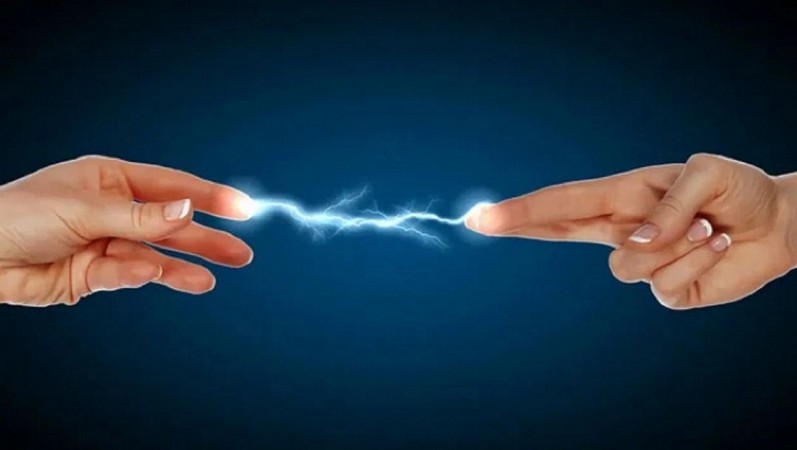
Why Static Electricity Feels Like a Shock - We've all been there: shuffling across the carpet in socks, reaching for a doorknob, and BAM! A jolt shoots up your arm, leaving you tingling and maybe a little startled. This unexpected "shock" is actually a harmless phenomenon called static electricity. But why does it feel so similar to a real electrical shock, even though it involves far less power?
The Charge of the Everyday
Everything around us is made of tiny building blocks called atoms. These atoms have positively charged particles (protons) and negatively charged particles (electrons). Normally, an atom is balanced, with the same number of protons and electrons. However, friction can disrupt this balance. When two materials rub together, electrons can be transferred from one to the other. This creates an imbalance of charge – one object becomes positively charged (with a lack of electrons) and the other negatively charged (with an excess of electrons). This is static electricity.
Insulators Hold the Key
Materials like wool, carpets, and dry air are poor conductors of electricity, meaning they don't allow electrons to flow freely. These materials become especially prone to holding static charges. As you walk across a dry carpet, your clothes rub against the fibers, transferring electrons and making you negatively charged. The doorknob, on the other hand, might be grounded (connected to the earth through the building's wiring) or simply have a different charge. When you touch it, the built-up electrons on your body rapidly transfer to the doorknob, creating a spark (the visible light you might see) and a tiny current that stimulates your nerves. This sudden stimulation is what makes you feel that jolt.
Winter Woes
Static electricity is more common in winter for a reason. Cold, dry air allows electrons to build up more easily on objects. In contrast, humid summer air acts like a conductor, allowing charges to dissipate more readily.
The Feeling of the Zaps
The intensity of the "shock" depends on the amount of charge built up. A small imbalance might just feel like a tingle, while a larger one can deliver a surprising jolt. The path the current takes through your body can also influence the sensation. A zap across your fingertips might feel different from one that travels up your arm.
A Much Ado About Nothing (Mostly)
While the surprise can be startling, static electricity poses no real health risk. It's a fleeting discomfort rather than a danger. However, if you're tired of the constant mini-zaps, there are ways to minimize static in your daily life. Using a humidifier in your home can add moisture to the air, reducing charge build-up. Fabric softener on clothes can help reduce friction and electron transfer. And grounding yourself by touching a metal object before reaching for a potentially charged surface can help prevent that surprising jolt.
So, the next time you get a static shock, remember it's just a harmless reminder of the fascinating world of electrons and everyday science at play!